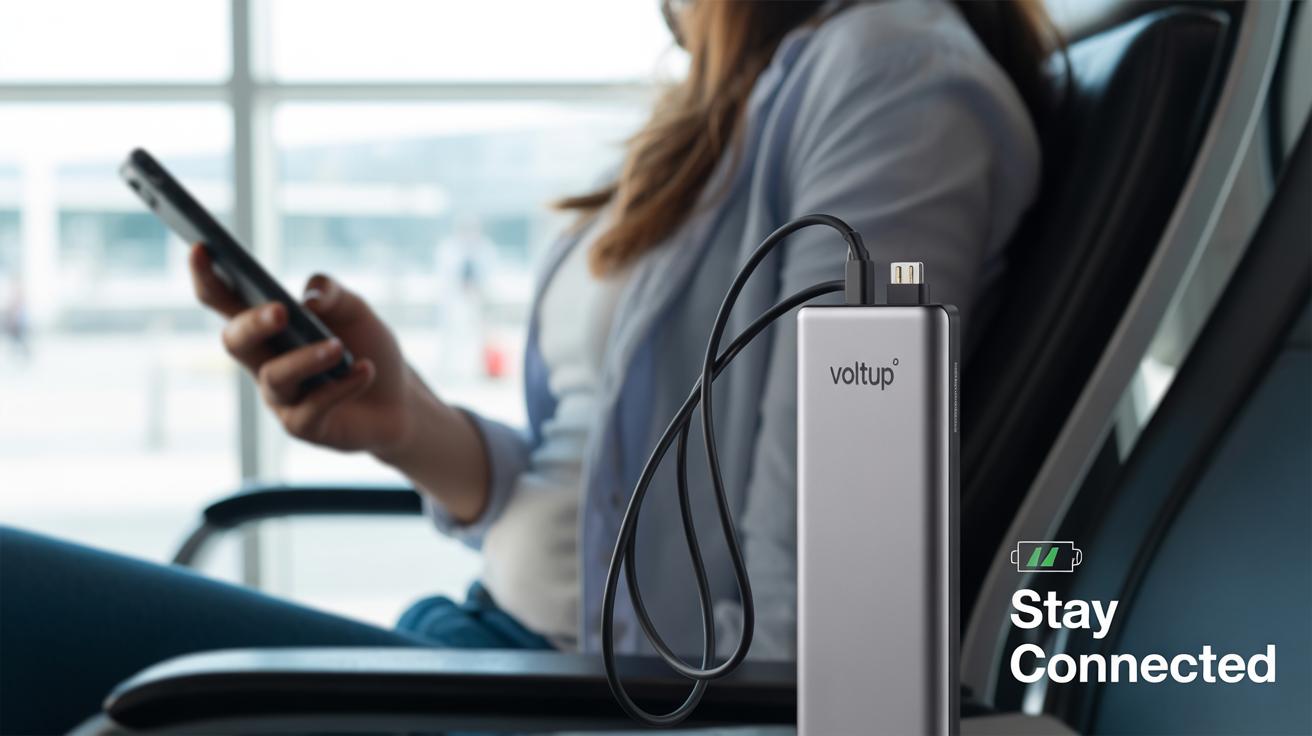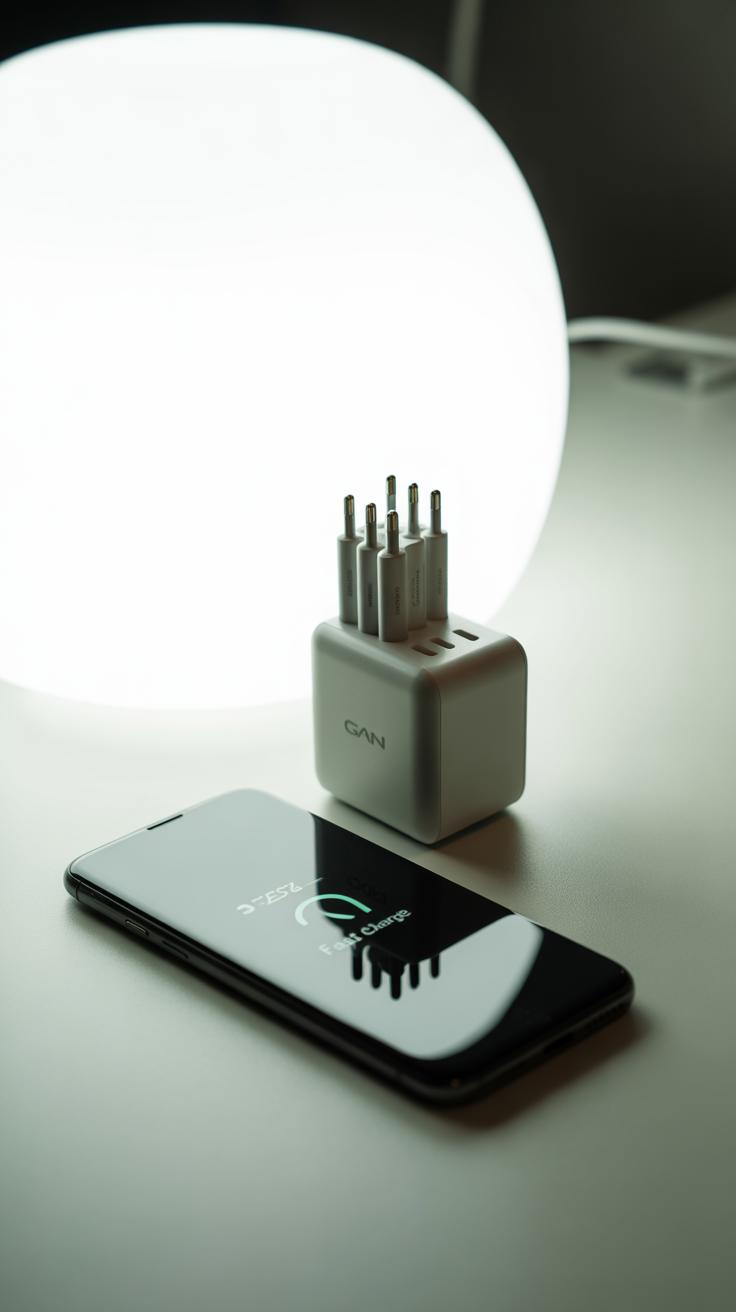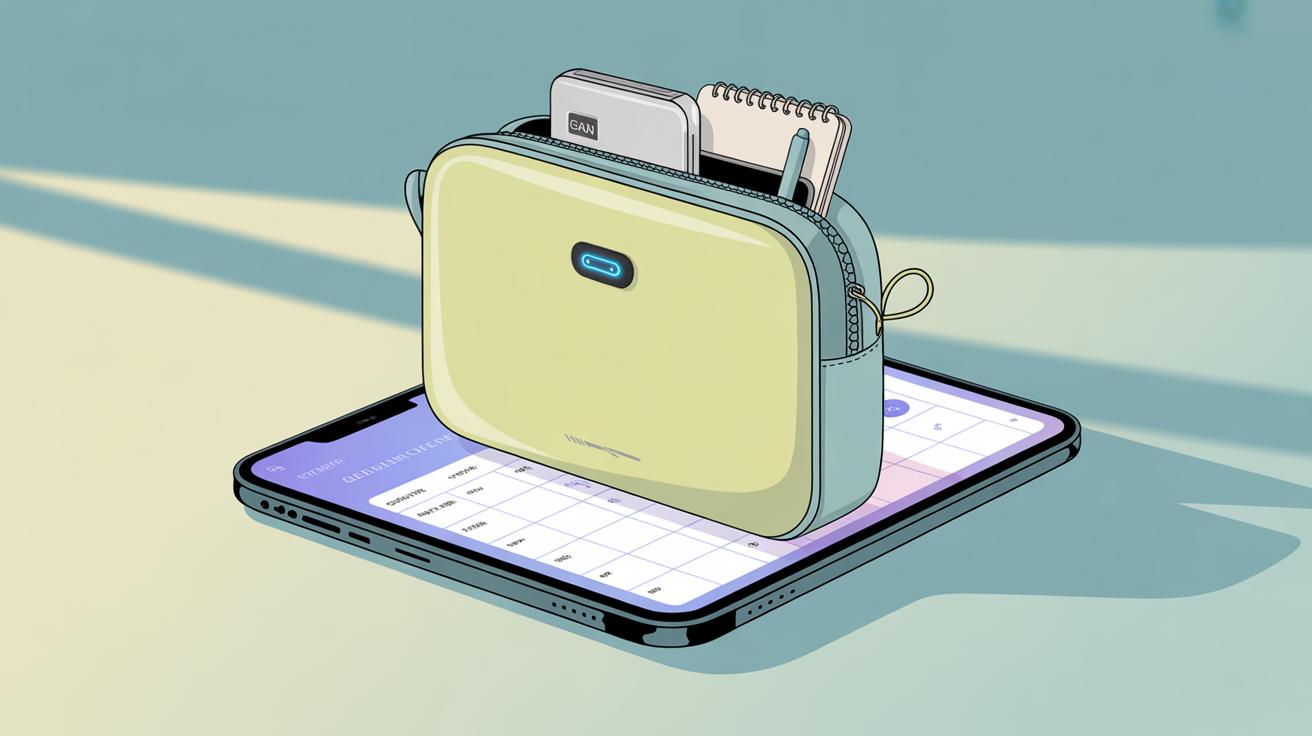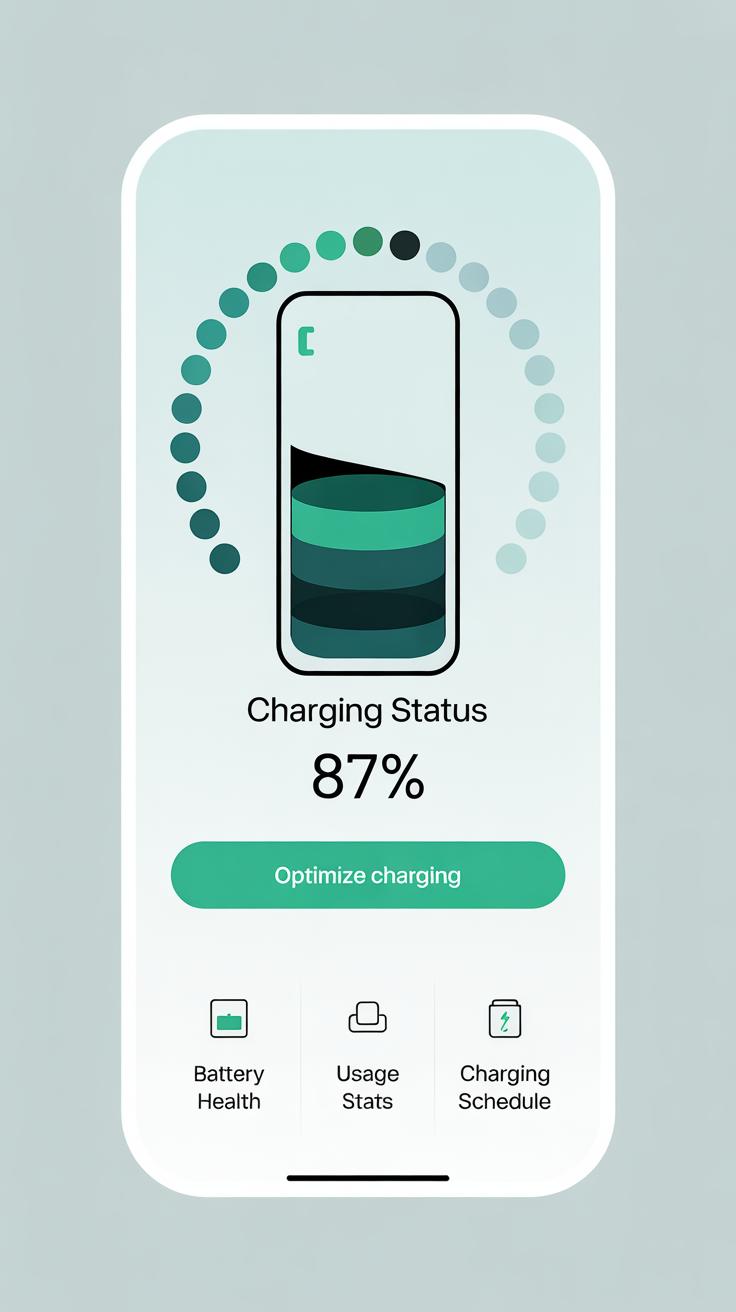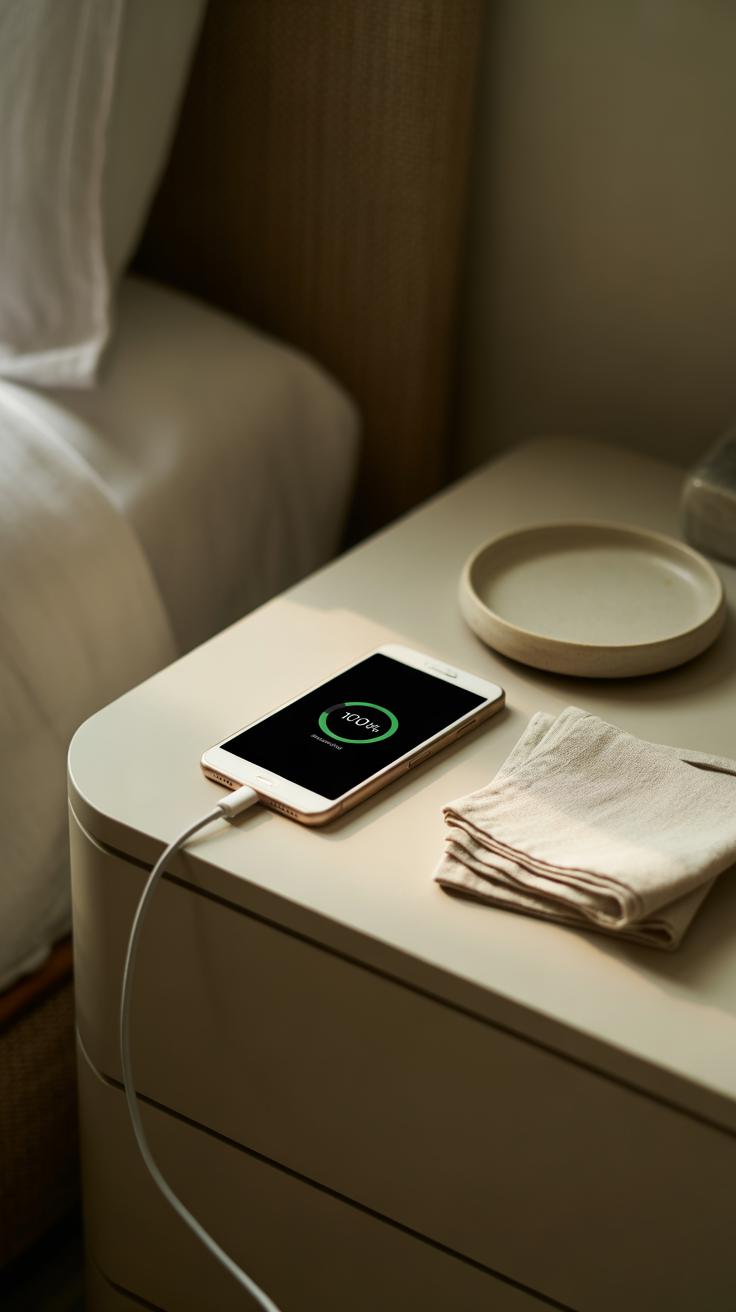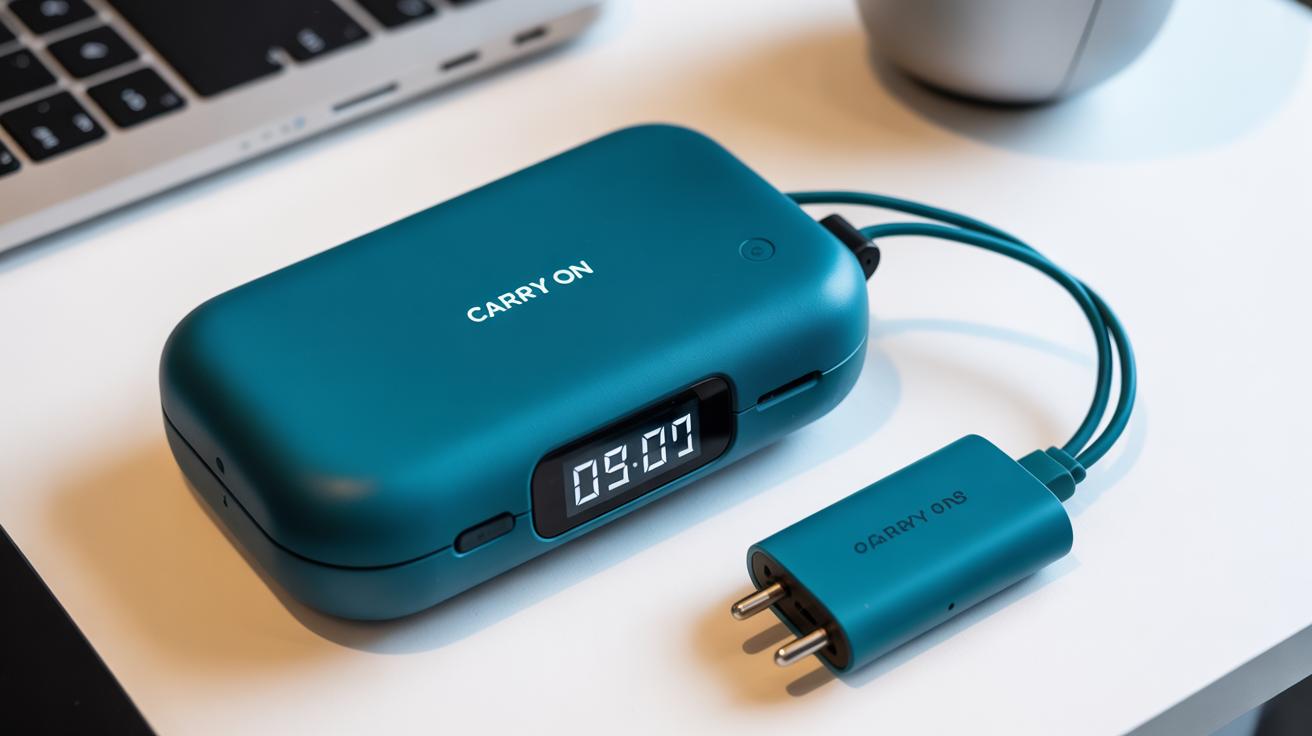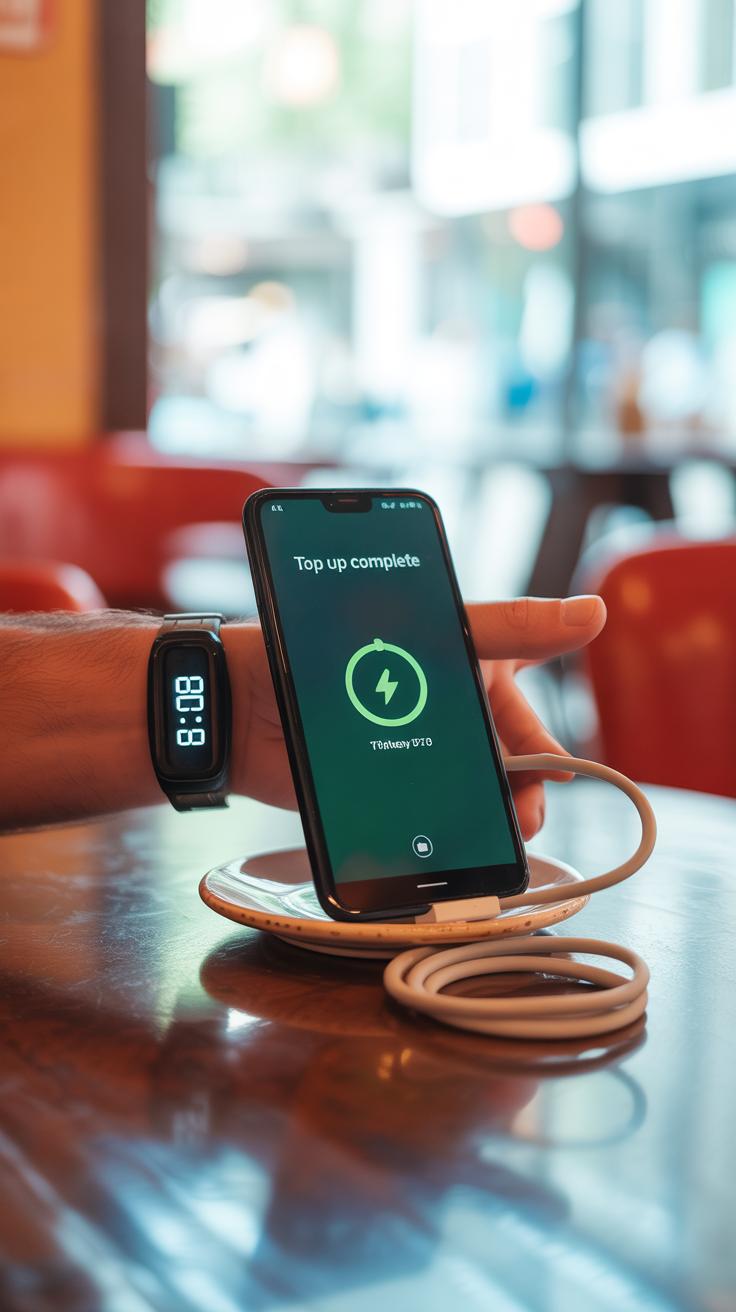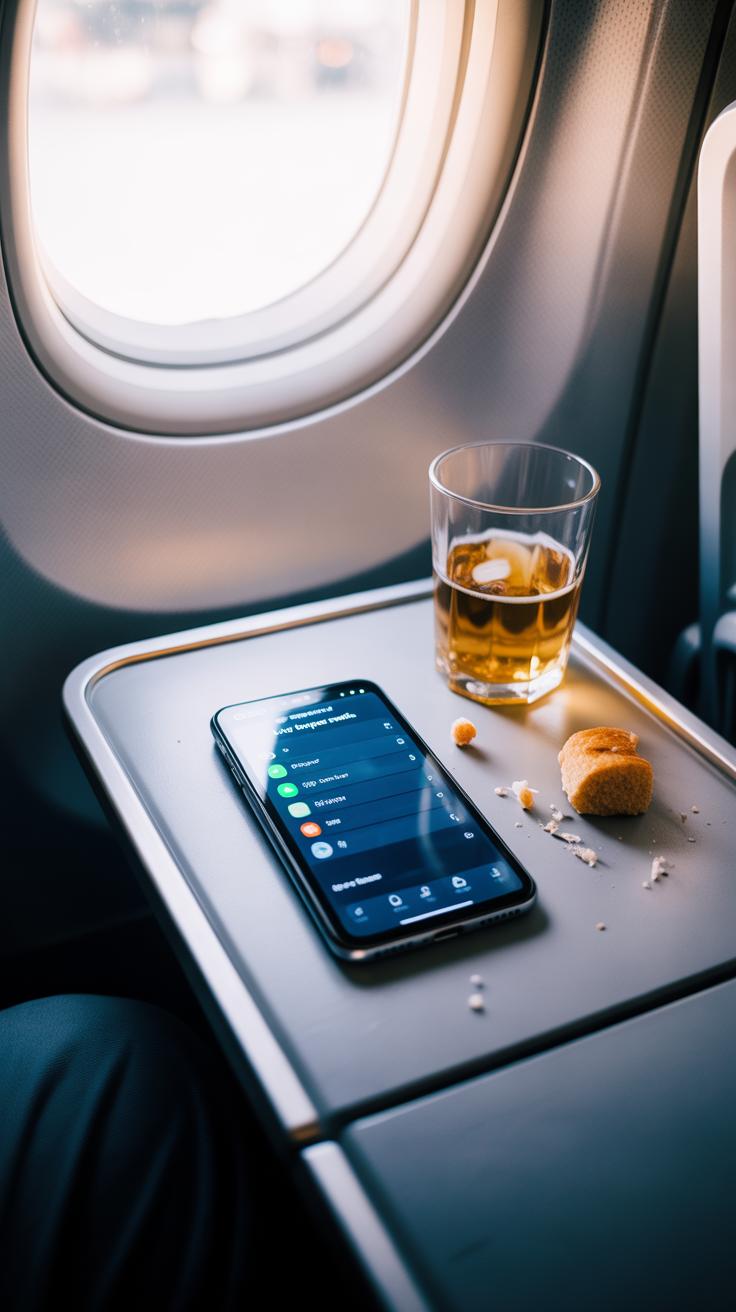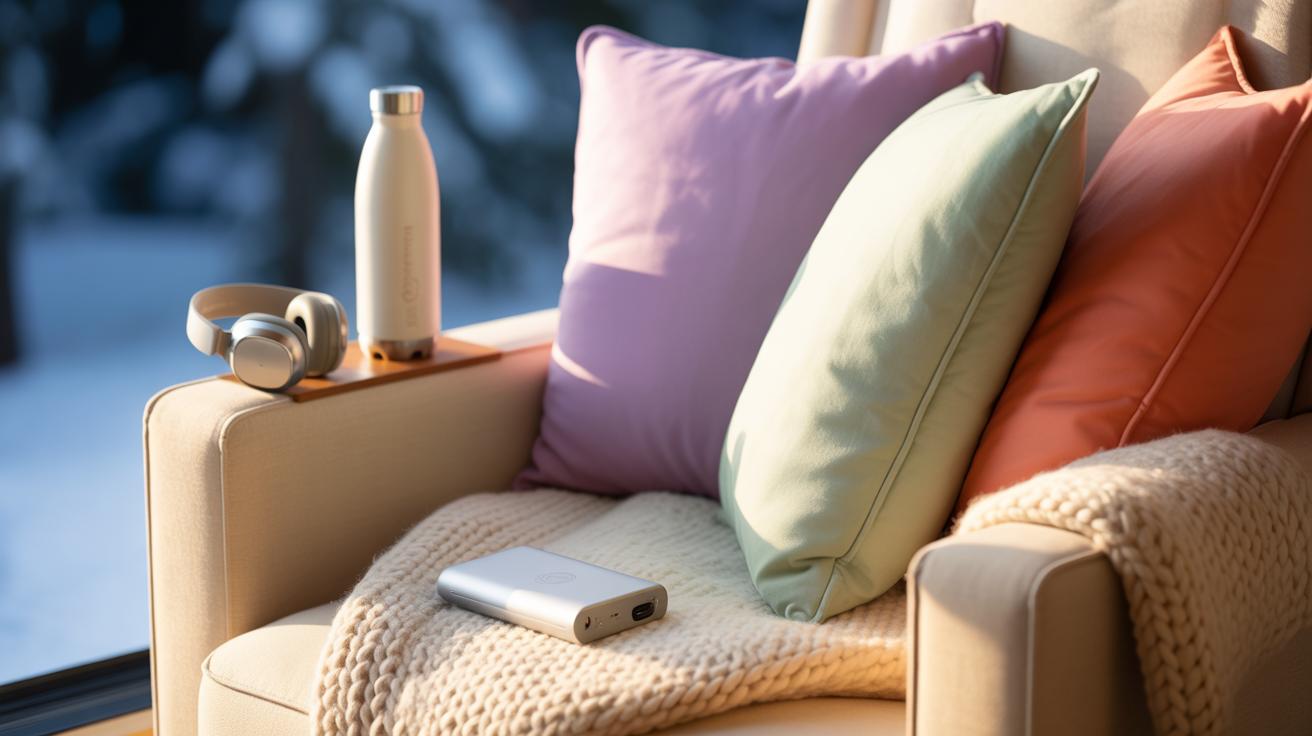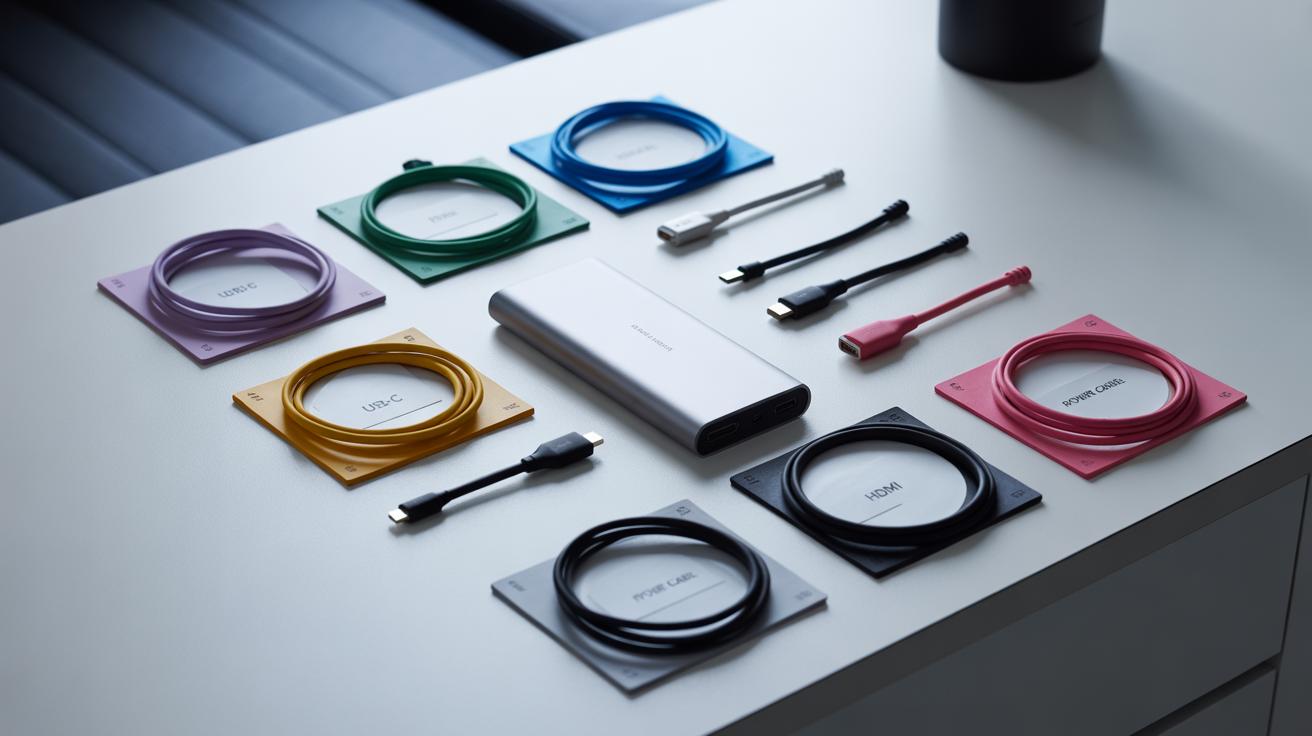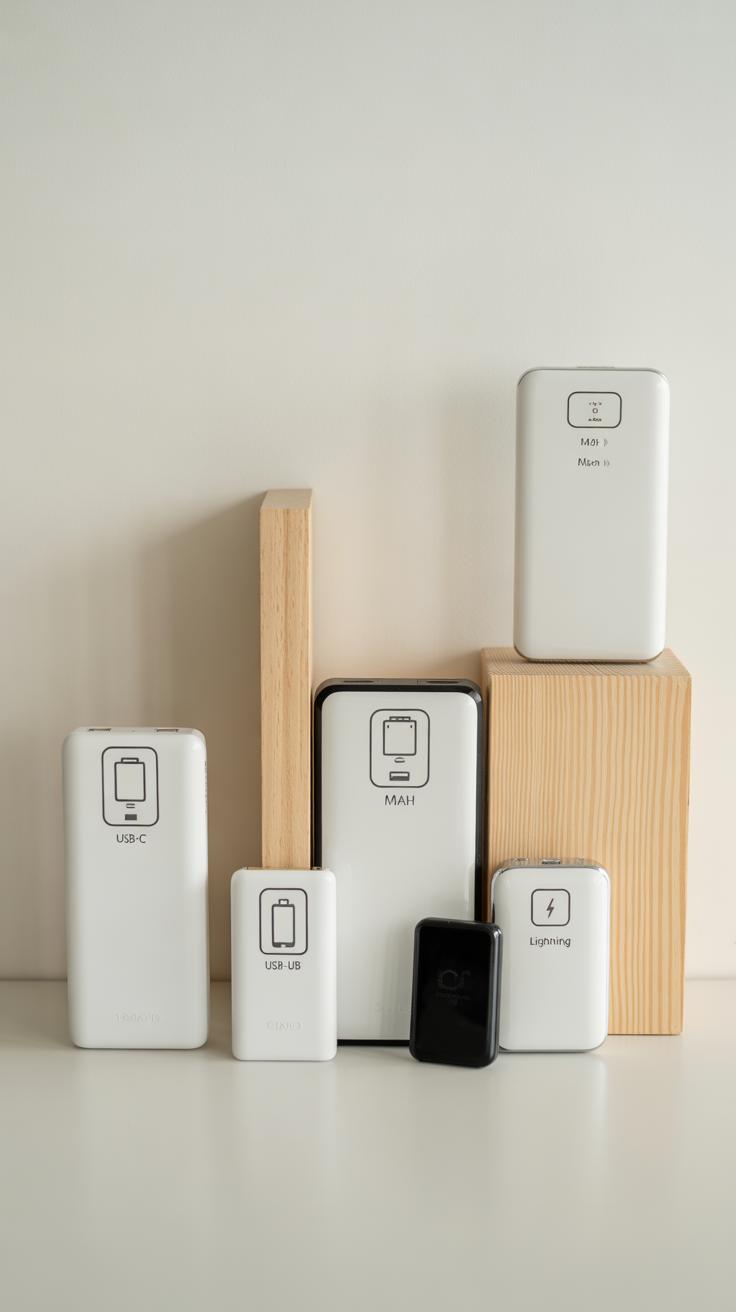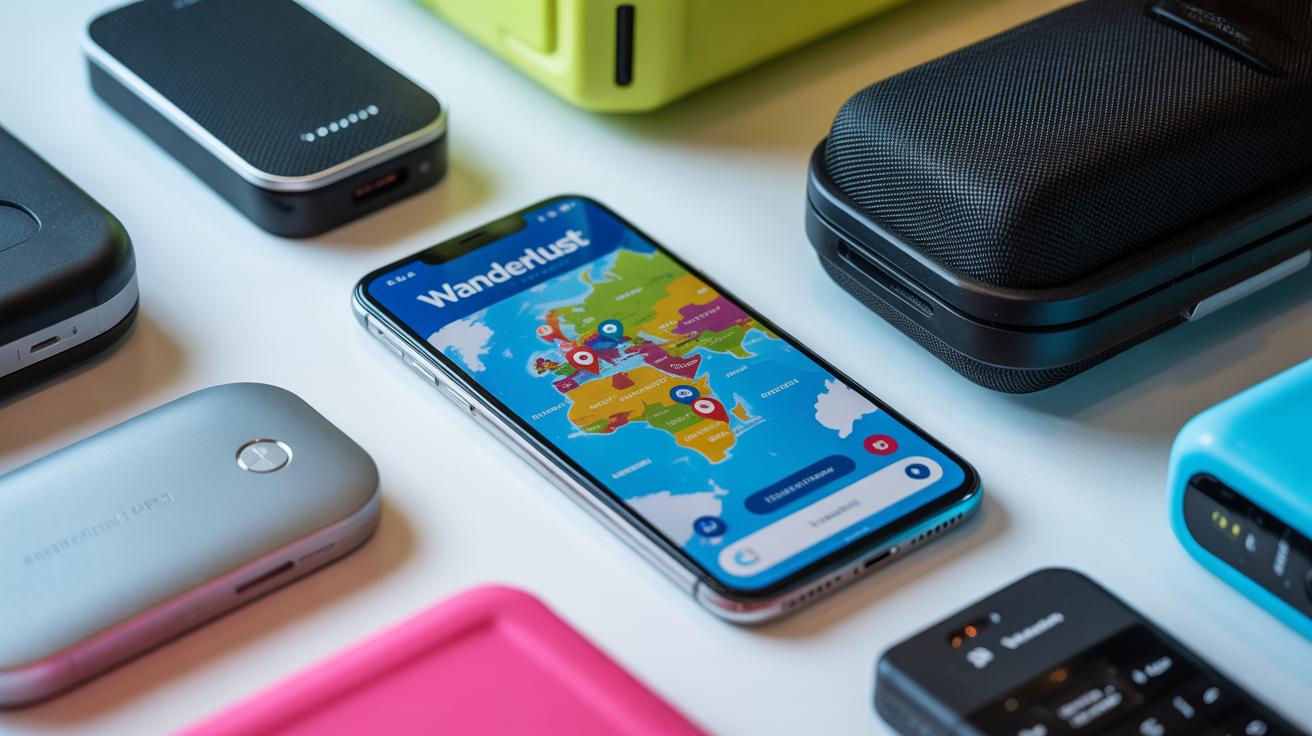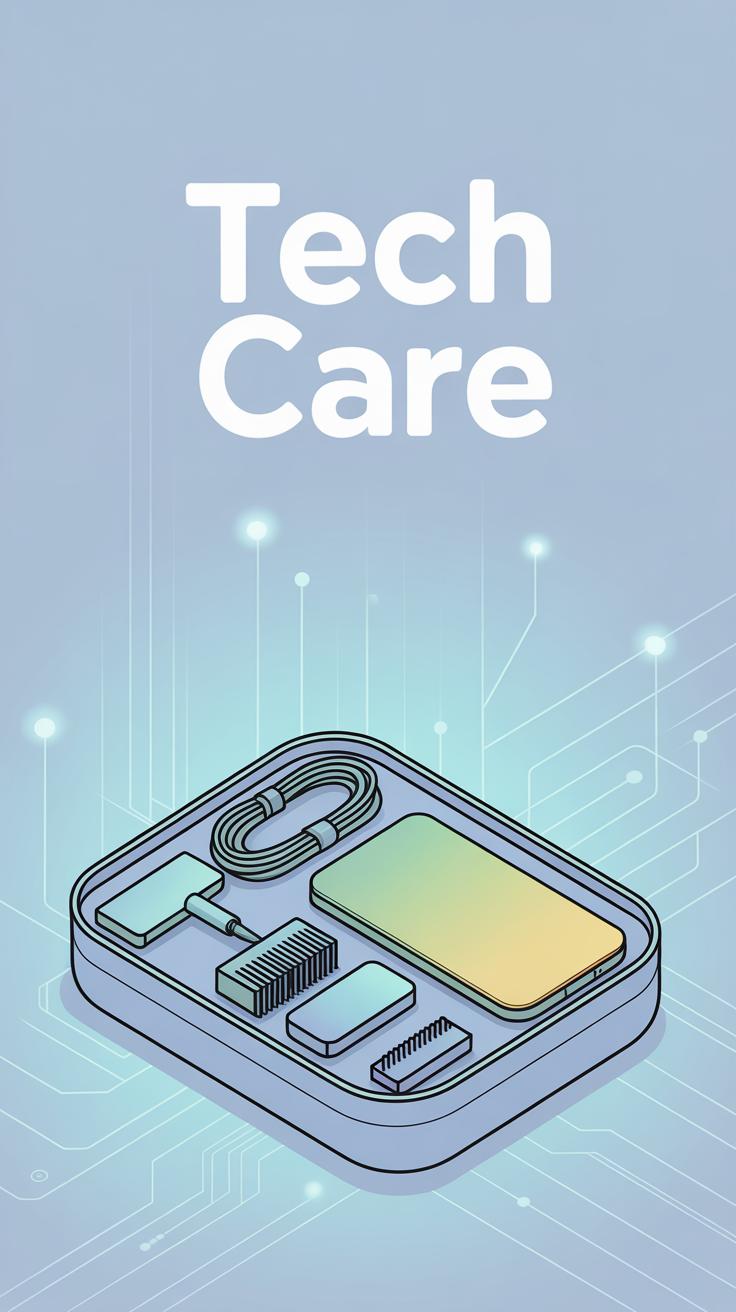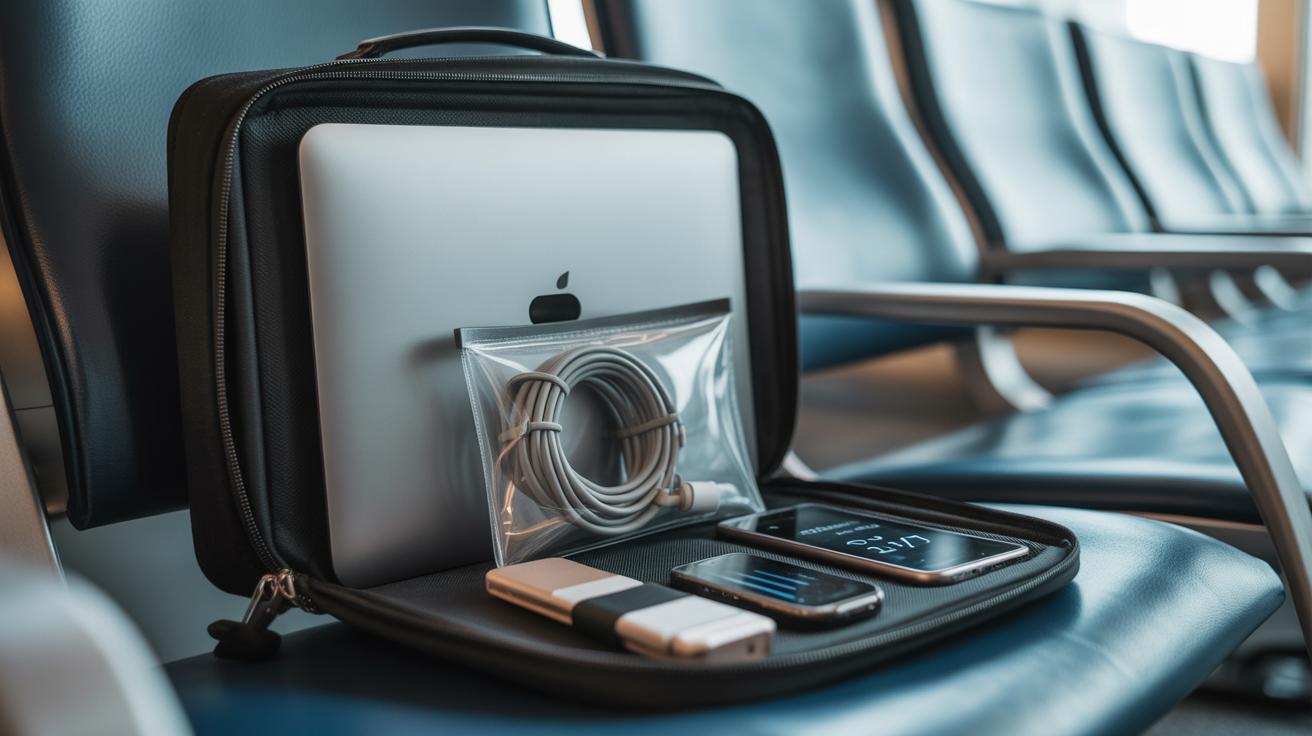Introduction
When you rely on your phone throughout the day, the last thing you want is to find it dead when you arrive somewhere important. Phone Charger Tips To Avoid Dead Battery On Arrival can help you stay connected and ready. Charging your phone properly can save you from many frustrating moments.
This article explores easy-to-follow tips on choosing the right charger, using it correctly, and keeping your phone battery in good shape. Understanding these simple habits will keep your phone powered up and extend the battery life, so you never face a dead phone battery when you need it most.
Pick The Right Charger For Your Phone
Choosing the right charger for your phone isn’t as simple as grabbing any plug you find. Your charger needs to be compatible with your phone model and its battery type. If you use a charger that doesn’t match, you might end up with slower charging or even harm your battery over time.
Start by checking what your phone’s manufacturer recommends. Sometimes, the original charger specs are printed on the device or in the manual. If not, a quick search usually clears things up. For example, Apple devices and many Android phones prefer chargers that work with fast charging standards specific to them.
Know Your Phone’s Battery Type
Most smartphones use lithium-ion batteries these days. But even lithium-ion batteries aren’t all the same. Some have different chemistries designed for either longer life or quicker charging. Knowing your battery type helps because different batteries handle voltage and charging speed differently. Charging a battery too fast, or with the wrong current, can reduce how long it lasts or make it heat up more than it should.
For instance, older phones might use lithium-polymer batteries, which can behave a bit differently than newer lithium-ion models. Using a charger that matches the battery type means your phone knows how much power to draw safely. Without that, you risk hurting the battery’s health sooner than expected.
Match Charger Voltage And Current
The charger’s voltage and current output are crucial. You want them to line up closely with what your phone expects. Too high a voltage or current can stress the battery, creating heat and potentially shortening its life. Too low, and well, charging takes forever, leaving you frustrated when your battery drops dead at the worst moment.
- Voltage should generally match the phone’s input requirements. Most phones take around 5 volts, but fast chargers might offer 9 or even 12 volts briefly.
- Current, measured in amps, impacts how quickly your phone charges. Your phone will only draw as much as it safely can, but if the charger supplies less, charging slows.
- Using a charger that supports your phone’s fast charge protocol (like Qualcomm Quick Charge or USB Power Delivery) matters if you want speed without risk.
I once tried charging a relatively new phone with a random high-current charger. At first, it seemed fine, but after a few days, the battery felt warmer and drained quicker. It made me realize that even if a charger fits physically, matching specs is something to double-check. Picking the right charger saves you from that kind of headache and helps keep your phone powered when you need it most.
Understand The Charging Process
What Is C-rate In Charging
C-rate is basically how fast a battery charges compared to its size. Imagine you have a 1000 mAh battery. If you charge it at 1C, that means supplying 1000 mA of current, so it would theoretically fill up in one hour. If you push it to 2C, you’re feeding it 2000 mA, so charging speeds up, about half an hour. But there’s a catch – faster charging leads to more heat, and that’s tricky for battery health. You might think quicker is always better, yet the heat can cause wear and shorten battery life over time. So, it’s a balancing act, really.
Why Batteries Get Warm When Charging
When your phone charges, the battery generates heat inside. This happens because as current flows through the battery’s chemical layers, some energy turns into heat instead of stored power. It’s normal, but if the heat gets too high, it can damage the battery or slow down charging. The charger tries to limit this by adjusting current and voltage, especially as the battery fills up. If you’ve ever touched a charger or battery that felt warm, that’s the internal resistance creating this heat. It makes you wonder—how much warmth is okay before it starts hurting your battery? Monitoring temperature helps avoid overheating, keeping your battery healthier for longer.
Avoid Overcharging Your Phone
What Overcharging Does To Batteries
Overcharging your phone might seem harmless, but it can actually harm the battery over time. When charging continues after reaching full capacity, the battery can start to degrade. You may notice your phone’s battery life shrinking faster than before or the device heating up more often. This happens because excessive charging stresses the battery’s chemical cells. The result? A reduced ability to hold charge, which means shorter hours between plugs.
Overcharging often triggers overheating. When your battery’s temperature rises too high, it not only causes discomfort but also speeds up the deterioration process. Batteries lose capacity gradually as they’re repeatedly overstressed, and this loss isn’t just a minor inconvenience—it impacts how reliable your phone feels, especially on busy days.
How Chargers Stop Overcharging
Thankfully, modern chargers try to prevent this damage. They come equipped with smart features designed to protect your battery from unnecessary strain. For example, many use voltage sensing systems to detect when your phone has reached 100 percent. Once that happens, they reduce or stop the charging current.
Smart controllers and timers add a layer of security by monitoring charge cycles and adjusting the energy delivered. Some chargers switch quickly to a trickle charge mode, which is gentler and helps maintain full battery without overloading it. So, even if you leave your phone plugged in overnight out of habit, these precautions kick in to limit harm—though unplugging is still better for longevity.
Use Charging Breaks To Help Battery Health
Benefits Of Unplugging After Full Charge
When your phone reaches 100%, it’s a good idea to unplug it rather than leaving it connected. Keeping it plugged in can cause subtle stress on the battery, even if it’s not charging actively. This stress happens because the battery is still exposed to a small current, which keeps it near full capacity. Over time, this can reduce how much charge the battery holds.
Unplugging allows the battery to rest a bit, which may sound strange since it’s just a lithium-ion cell, but this “rest” reduces constant strain. I’ve noticed that when I occasionally let my phone’s battery drop before charging again, the overall battery life seems to last longer, even if it’s just based on what I feel rather than hard data.
Here are the main benefits of unplugging after a full charge:
- Prevents battery from staying at high voltage, which can accelerate wear
- Reduces heat buildup, a hidden factor that shortens battery life
- Helps maintain better long-term capacity
How Overnight Charging Affects Battery Life
Charging your phone overnight is super convenient but not ideal for battery health. The constant top-up cycles during the night cause the battery to go through small charges repeatedly. These “trickle charges” keep the battery near 100%, which might sound good but actually contributes to gradual damage.
Because the battery never really “rests” at a lower charge level, it experiences continuous mild stress. Over weeks or months, this process can reduce the battery’s overall lifespan. Sure, modern phones have systems to pause and resume charging, but this doesn’t completely eliminate battery wear caused by long stretches of charging.
Taking breaks from charging, such as unplugging once fully charged and charging during the day when you can monitor it, allows the battery to cycle more naturally. It’s a trade-off between convenience and preserving that small but meaningful portion of battery health that might otherwise degrade unnoticed.
Reduce Battery Drain While Charging
When your phone’s plugged in, you might think it’s just sitting there, passively charging. But actually, it’s still working in the background in many little ways that eat into the charging speed and produce extra heat. If you want your phone to fill up faster and avoid that uncomfortable overheating, cutting down on what it’s doing right then can help more than you might expect.
Close Apps And Turn Off Unused Features
Some apps keep running even when you’re not actively using them. Think music players, social media, or messaging apps—they can be quietly refreshing or tracking location, using power all the time. Then there are features like GPS, Bluetooth, or Wi-Fi, all constantly pinging and drawing juice.
- Close any apps running in the background—especially those that sync data or use location.
- Turn off Bluetooth if you don’t need it; it’s surprising how much power it draws.
- Disable GPS services since location tracking is a real energy burner.
- Switch off Wi-Fi if you have a stable mobile connection or don’t need internet access at that moment.
I’ve noticed my phone still gets warm when Spotify’s open even if I’m not listening actively. Closing those apps feels simple but makes a real difference, both in charging speed and in avoiding that “too hot to hold” scenario.
Use Airplane Mode Or Power Saving Mode
If you want the quickest top-up, switching to airplane mode or power-saving mode is a move worth trying. Airplane mode shuts down all wireless communications—cellular, Wi-Fi, Bluetooth—dramatically cutting down on what the phone needs to keep ticking.
Power-saving modes don’t go that far but prioritize restricting background activity and lowering screen brightness. Both modes reduce the number of tasks drawing power as your phone fills its battery. Sometimes, I start charging in power-saving mode just because it feels like the phone actually charges noticeably faster. Yet, other times, I wonder if the difference matters much unless you really need to speed things up.
So, turning these modes on during charging isn’t just about saving power; it really helps your phone focus on one thing—getting charged—while keeping heat under control.
Avoid Using Your Phone While Charging
Using your phone while it’s charging might seem harmless, but it can actually slow down the whole process. When you’re running apps, scrolling through social media, or watching videos, your phone’s processor works harder. This means the device generates more heat than usual—heat that stacks on top of what the charger itself produces.
How Phone Use Adds Heat During Charging
Apps, especially ones demanding real-time updates or graphics, force your phone’s components to operate at higher levels. All this activity causes the battery and processor to heat up. That combined heat from charging plus usage isn’t just uncomfortable to hold—it stresses the battery chemically, accelerating wear over time. You might notice your device gets warmer than usual, and it’s not just a minor annoyance; batteries don’t respond well to high temperatures.
This extra heat can also increase charging time. When a phone gets too warm, charging circuits often slow down to avoid damage, meaning you spend longer tethered to a charger. I’ve caught myself frustrated with this, thinking quicker use means faster charging, but that’s rarely true.
Why Charging Is Faster When Phone Is Idle
When your phone stays still—screen off, few background apps running—it needs less power internally. Most of the electricity flows straight into the battery, charging it more efficiently. Without extra tasks pulling energy, fewer electrons detour through your device’s systems.
Think about it: a parked car fills the gas tank faster than one moving through traffic. Of course, phones aren’t cars, but the idea fits. I often notice evenings when I just put my phone aside to charge, it’s ready to go much faster the next day. So, by simply resisting the urge to fiddle with your device during charging, you not only speed up the process but protect your battery health in the long run.
Use Portable Chargers Wisely
Choose The Right Capacity And Output
Picking a portable charger isn’t just about grabbing the biggest number on the label. Sometimes people think a huge capacity means better, but that’s not always true. If your power bank is way too large, it might take ages to recharge itself, and carrying it around can be a hassle. On the flip side, a tiny capacity might leave you stranded halfway through a trip.
Look for a capacity that fits your phone’s battery size—about twice or three times your phone’s mAh rating is usually enough. For example, if your phone has a 3000mAh battery, a 6000 to 10,000mAh charger should cover you comfortably without overdoing it.
Output matters, too. A charger with a low output current (like 1A) could slow down charging significantly on modern phones that support fast charging. Meanwhile, very high outputs are great, but only if your phone can handle it. Otherwise, they won’t speed things up much, and sometimes they might cause your charger to heat more than needed, which isn’t great for the battery. Finding a balance—say 2A or a charger supporting your phone’s charging standard—is usually the best bet.
Check Quality And Safety Features
Not all portable chargers are created equal. Using a random cheap one could put your phone at risk of overcharging, overheating, or even damaging the battery. You probably don’t want that, right?
Look for chargers with built-in safety features like surge protection, temperature control, and automatic shutoff when the phone is full. These help prevent stress on your phone’s battery during charging.
Brands that adhere to recognized safety certifications usually have better circuitry. That’s a good investment because cheap knockoffs might save money upfront but cause headaches later. I once tried a no-name power bank, and it not only charged slowly but also got uncomfortably hot. Not worth the risk when your phone’s battery health is on the line.
So, a bit of research and picking a charger from a trusted maker can save you trouble. After all, a power bank is supposed to keep you powered up, not fry your battery or cause glitches.
Maintain Your Phone Battery For Long Life
Keeping your phone’s battery in good shape isn’t just about when you plug it in or unplug it. It’s also about caring for the battery environment and habits over time. For example, avoiding extreme temperatures makes a big difference. Phones left in scorching sun or freezing cold don’t perform well—and their batteries age faster. I once left my phone on a car dashboard during a hot summer day, and the battery life noticeably dropped afterward. So, it pays to be mindful of where you leave your phone.
Charging habits also affect battery health. Full charging cycles aren’t as great as many think. Instead, aim for partial charges. Charging from around 20% up to about 80% keeps the battery from wearing down fast. It might seem odd not to always charge it fully, but this range puts less strain on the battery cells over time. You might feel tempted to get that 100%, but try holding back now and then.
Oh, and don’t forget to keep the charging port and battery contacts clean. Dust and debris can sneak in and interfere with charging, causing inconsistent power flow or slow charging. A quick clean now and then—gently with a soft brush or dry cloth—can prevent issues you might not even notice.
Did you ever wonder if it really matters to keep that battery in the so-called “sweet spot”? Maybe it’s a bit of a hassle, but treating your phone this way could keep it alive longer. What’s your charging routine like—do you leave it plugged in overnight often, or do you unplug when it hits a certain percent? Those little habits add up more than we realize.
Conclusions
Following good phone charging tips can make a big difference in how long your phone battery lasts and how ready your phone is when you need it. Picking the right charger, avoiding overcharging, and using charging breaks help a lot.
By understanding your phone’s charging needs and caring for the battery properly, you can avoid the frustration of a dead phone. These simple steps make a stronger connection between you and your device, keeping your phone ready for every moment.

